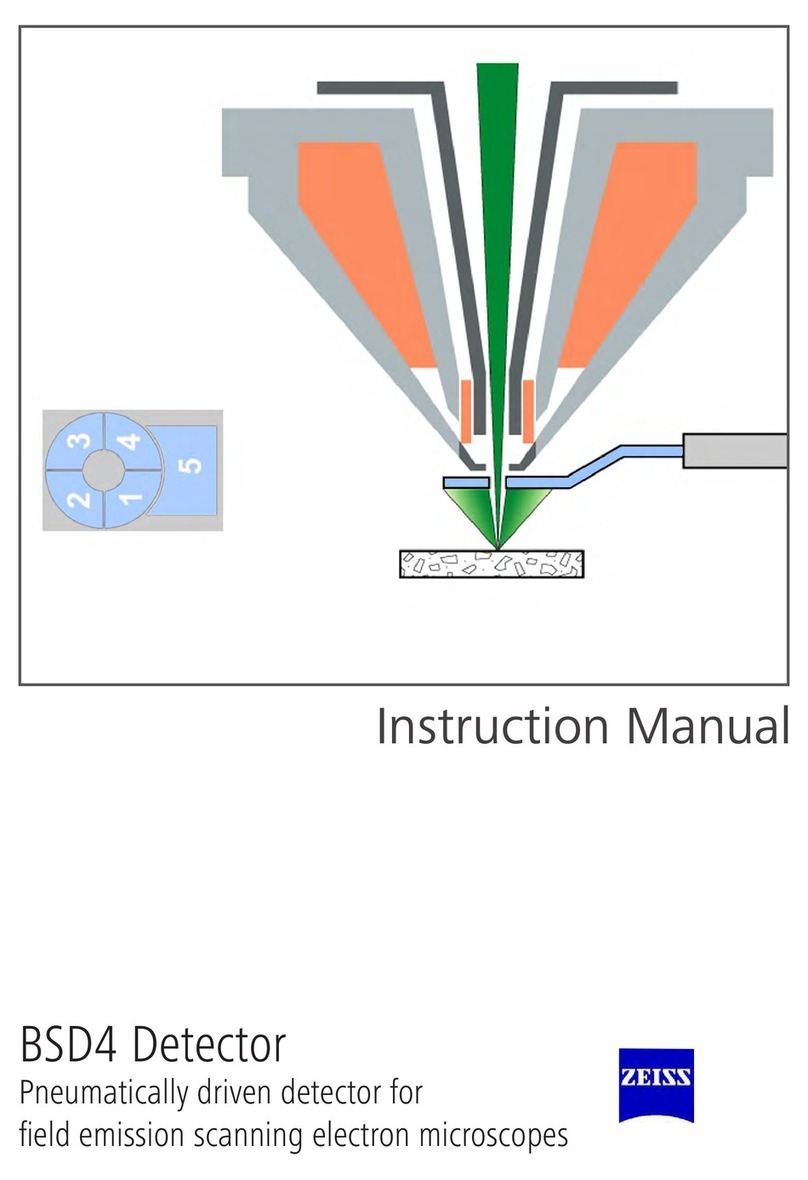
`çåíÉåíë
fåëíêìÅíáçå=j~åì~ä=Qn_pa=ÉåMP =fff
Table of contents
1. About this manual ........................................................................................ 3
2. Safety summary ........................................................................................... 5
2.1. Intended use ..................................................................................................... 5
2.2. Prevention of accidents and of improper use ............................................... 6
2.3. Safety summary ............................................................................................... 7
2.3.1. Hazards related to personal injury ........................................................................... 7
2.3.2. Hazards not related to personal injury ..................................................................... 8
2.3.4. STOP button ............................................................................................................ 9
3. Description ................................................................................................. 10
3.1. Overview ......................................................................................................... 10
3.1.1. Detector head ........................................................................................................ 11
3.2. Principle of operation .................................................................................... 12
3.2.1. BSD modes ........................................................................................................... 13
3.3. Technical data ................................................................................................ 15
3.3.1. Product identification ............................................................................................. 15
3.3.2. Specification .......................................................................................................... 15
3.4. System requirements ..................................................................................... 15
3.5. Customer service ........................................................................................... 16
4. Installation .................................................................................................. 16
5. Operation .................................................................................................... 17
5.1. Preparing the work with the 4QBSD ............................................................. 17
5.2. Obtaining an image ........................................................................................ 23
5.2.1. Inserting the 4QBSD ............................................................................................. 23
5.2.2. Selecting a BSD mode .......................................................................................... 24
5.2.3. Selecting a feature on the specimen surface ........................................................ 26
5.2.4. Optimising the image ............................................................................................. 27
5.2.4.1. Automatically setting the gain range ............................................................................. 27
5.2.4.2. Manually setting the gain range .................................................................................... 28
5.2.4.3. Setting the BSD bandwidth ........................................................................................... 29
5.2.4.4. Automatically adjusting brightness and contrast ........................................................... 30
5.2.4.5. Saving and recalling segment settings.......................................................................... 32
5.3. Stopping the 4QBSD in an emergency ........................................................ 33
5.3.1. Stopping the moving detector ................................................................................ 33




























